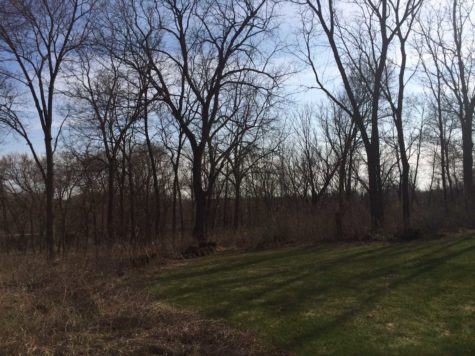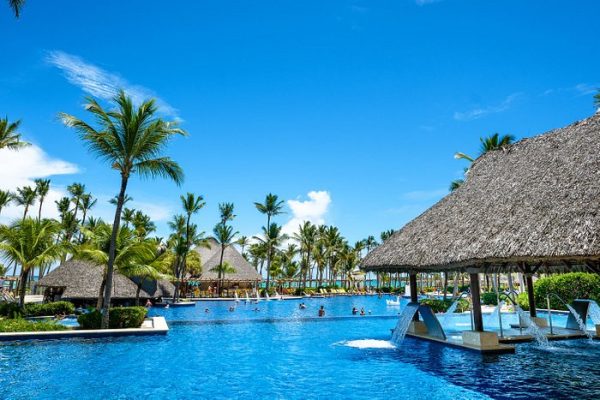New legislation for mining in the BWCA
Nina Johnson
Staff Reporter
The Trump administration has recently overturned Obama-era bans on mining in the Boundary Waters Canoe Area Wilderness. This reversal has the potential to reopen mining in a section of the Superior National Forest, tapping into the watershed of the canoe area.
The BWCA (Boundary Waters Canoe Area) is located in the northern tier of the Superior National Forest. Over 3.9 million acres of public land in Minnesota was granted as a forest reserve, thus creating the Superior National Forest, dedicated by Theodore Roosevelt in 1909. In 1978, the BWCA was established under Carter’s presidency, prohibiting the use of motors, mining, and logging in the designated area.
In 2016, a 20-year ban on mining in the area was enacted under the Obama administration, following the notion that mining in the watershed could cause “irreversible impacts upon natural resources”, according to the US Forest Service. In 2018, Twin Metals–a mining company owned by the conglomerate Antofagasta, a powerhouse in the industry–renewed their leases, which now allow for drilling in search of a mine.
While mining has its potential short term economic benefits, I believe its long term impact to the environment and natural resources should be far outweighed than the interest of mining companies
— Margaret Kraus
The 365 sq mile area which was recently reopened by the US Department of Interior–solely for exploration of mines–is believed to be rich in untapped sects of metals, such as copper and nickel. According to the Minnesota Department of Natural Resources, the mining of such materials can release chemicals and polluted waters even after the mining period has ceased. In September, the US Department of Agriculture (USDA) canceled a planned study put in place in 2016 to monitor the potential environmental effects of mining in the area.
Mining can have considerable effects on freshwater ecosystems, according to the National Institutes of Health. A study conducted in central Finland measured the ecological damage inflicted by the polluted water from a nearby mine and the surrounding sediment was found “highly contaminated”.
“While mining has its potential short term economic benefits, I believe its long term impact to the environment and natural resources should be far outweighed than the interest of mining companies.” said junior Margaret Kraus.
In order to satisfy the demands of an ever-growing population, the pressure to exploit natural resources has increased alongside the population. However, some Minnesotans fear its potential harm to their increasing outdoor recreation use, that being the current backbone of their economy. Annually, around 250,000 people obtain proper licensing and visit the BWCA. Harvard economist, James Stock, noted that the boom-and-bust essence of mining economies would have a negative effect on the region’s dependence on ecotourism.
“The BWCA should be protected under federal law indefinitely,” said Kraus.
Others also see a prospective future in mining in Northern Minnesota, as it would promise thousands of new jobs and economic growth that would directly accompany them. The Center for American Experiment released a study regarding the economic impact of copper and nickel mining, and it estimated that $3.7 billion would be added annually into the state’s economy, transforming Minnesota’s northeastern sect.
“Mining in the boundary waters is a great way to spur economic activity, as it opens up the potential for thousands of jobs to be created,” said junior Devin Hunt, “In theory, the environment would remain to be monitored to ensure its well being, despite what many think as mineral depletion.”
While the reversal of the 2016 mining regulations may seem minuscule, as no mining has begun in the area yet, this has set a precedent for the future of the BWCA.

Hello! My name is Nina Johnson, and I’m a senior at Orono. This is my fourth year being on The Spartan Speaks, now as one of the Editors in Chief. I...
















